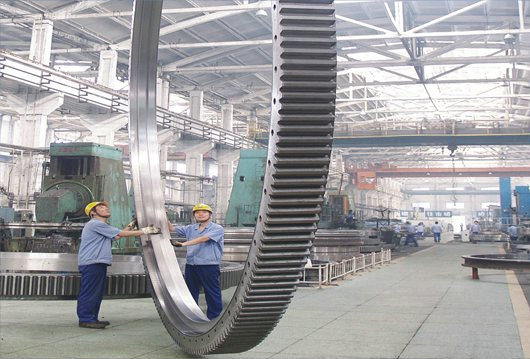November RMB real and nominal effective exchange rates are down real exchange ra
The latest release from the Bank for International Settlements (BIS) showed that the real effective exchange rate of RMB fell 0.09% to 121.39 in November, ending a five-month rally that rose 0.28% after correction last month.
In November, the nominal effective exchange rate of the renminbi index dropped 0.02% to 117.87, ending its three-month rally in real terms, up 0.20% after the correction last month. The BIS will revise its historical data when it publishes the current data.
According to statistics released by BIS, the effective exchange rate fell by 1.18% and the nominal effective exchange rate decreased by 0.59%. In 2016, the real effective exchange rate of RMB dropped by 5.69% and the nominal effective exchange rate decreased by 5.85% for the first time in seven years The annual decline, and the decline since 2003, the largest.
The real effective exchange rate rise represents the relative value of domestic currency increased, the decline means the local currency devaluation. The nominal effective exchange rate is the real effective exchange rate after excluding inflation. The real effective exchange rate can better reflect the external value of a country's currency. The nominal exchange rate decrease is smaller than the real exchange rate, indicating that the overall inflation rate in China is lower than the inflation rate in comparable countries.
China's National Bureau of Statistics announced earlier in November both the CPI and the PPI rose less than expected year-on-year, analysts expect the CPI increase in December remained stable, the PPI will fall more significantly.

ZENEO bearings
Inquiry
©Hong Kong ZENEO bearings limited
